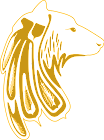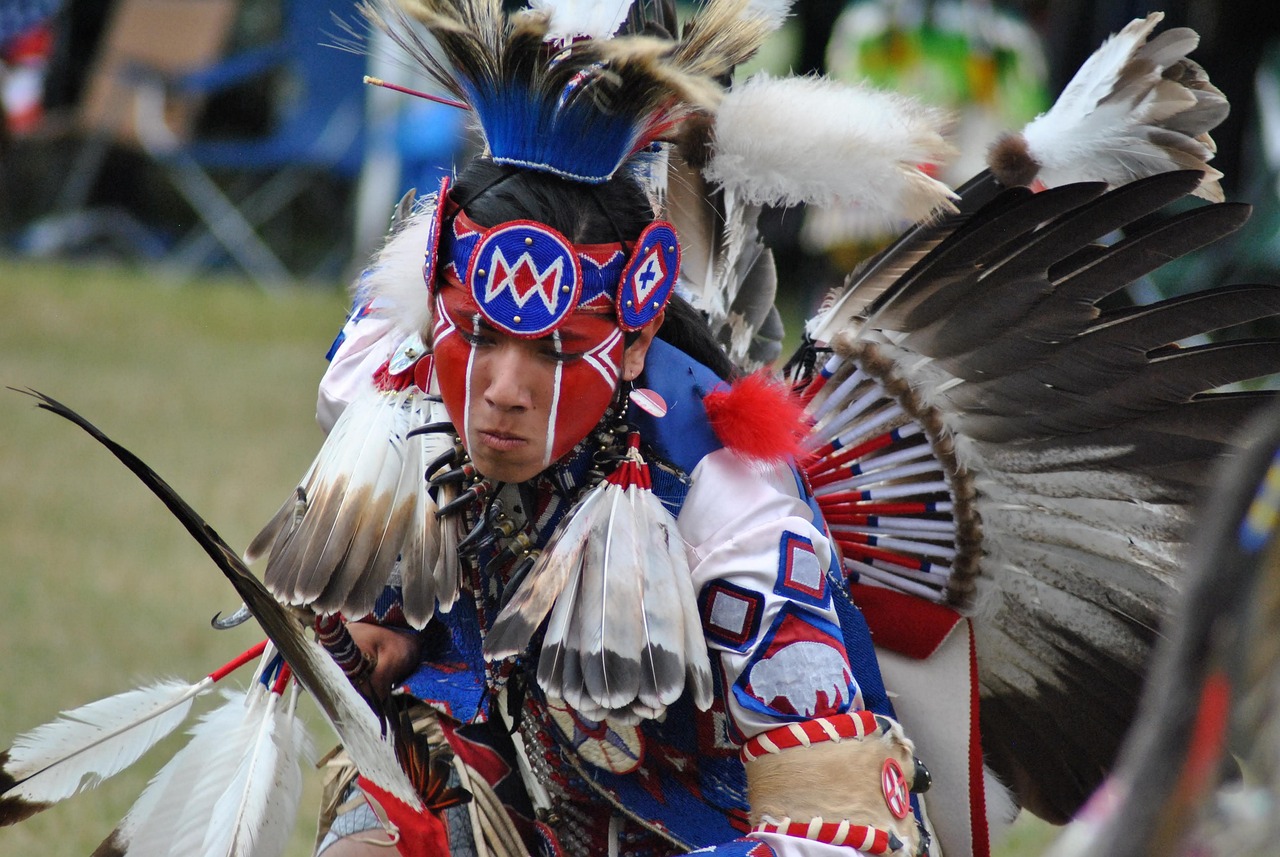Life between two cultures is everyday reality for many Indigenous people today. How do they find their identity between traditional roots and modern society? Five impressive individuals share their personal stories, showing how cultural identity is lived in the 21st century.
Introduction: The Search for Self Between Worlds
For Indigenous youth and adults, finding identity is often a complex balancing act. They navigate between the traditional values of their community and the demands of mainstream society. These five stories show that there is no single path – but many possibilities for living Indigenous identity today.
Sarah Little Bear: Between Reservation and University
Sarah (34) grew up in the Navajo Nation and was the first in her family to study at a university.
Her Path Between Worlds
- Childhood: Traditional life with grandparents in Arizona
- School Years: One of the few Indigenous students at her high school
- University: Cultural Studies in New York City
- Today: Social worker in her home community
Identity Conflicts and Solutions
“At university, I often felt like an imposter – not ‘Native enough’ for the white people, not ‘white enough’ for the academy. My grandmother told me: ‘You carry both worlds within you, that makes you strong, not weak.'”
Her Current Self-Understanding
“I am a modern Navajo woman who speaks her language but also has a master’s degree. Both are part of me.”
David Eagle Voice: From City Kid to Traditional Dancer
David (28) grew up in Chicago and discovered his Lakota roots as a teenager.
His Journey to Culture
- Childhood: Urban environment without cultural connection
- Key Experience: Visiting relatives in South Dakota at age 16
- Apprenticeship: Traditional dance training with his great-uncle
- Today: Recognized Fancy Dancer and youth mentor
Challenges of Rediscovery
“The other teens on the reservation initially called me ‘Urban Indian’ – that wasn’t a compliment. I had to prove my authenticity, not through words, but through dedication to learning.”
Integrating Both Worlds
“My urban upbringing helps me act as a bridge-builder. I understand both worlds and can bring them together.”
Dr. Maria Flores: Science and Spirituality United
Maria (45) is a molecular biologist and a practicing traditional healer from the Quechua community.
Her Dual Career Path
- Education: PhD in Biology, parallel apprenticeship with healers
- Professional Integration: Research on traditional medicinal plants
- Challenge: Acceptance in both communities
- Today: Professor and community health liaison
Science vs. Tradition?
“At the university, some doubted my scientific objectivity; in the community, some doubted my cultural loyalty. But for me, both perspectives complement each other. Modern science often confirms ancient knowledge.”
Her Legacy
“I show young Indigenous people that they don’t have to choose between tradition and modernity. Both can coexist and enrich each other.”
Alex Redbird: From Activism to Artistic Self-Discovery
Alex (32) went through various phases of identity search as an urban Anishinaabe artist.
His Development
- Youth: Political activism and anger
- Art School: Confrontation with Western art traditions
- Crisis: Identity loss after a failed exhibition
- Breakthrough: Integration of personal and cultural narratives
The Artistic Process as Healing
“For years, I painted what I thought ‘Native art’ should be. It was only when I started expressing my own hybrid experience that I found my authentic voice.”
New Definition of Indigenous Art
“Indigenous art doesn’t have to look ‘traditional’. It has to be truthful. My paintings show subway stations with traditional patterns – that is my reality.”
Lena White Shell: Language as the Key to Identity
Lena (52) lost her native language in childhood and relearned it as an adult.
Her Language Journey
- Childhood: English as a survival strategy of her parents
- Adulthood: Feeling of cultural alienation
- Reclamation: Language immersion program at age 35
- Today: Language teacher for the next generation
The Transformative Power of Language
“When I finally understood our language, a door opened to my soul. Suddenly I understood the worldview of my ancestors – their relationship to nature, their values.”
Bridging Generations
“I now teach children whose grandparents once advised me to speak only English. The circle is closing.”
Common Themes: What Connects All Five Stories
Despite different paths, common patterns emerge in their identity journeys.
- Self-Reflection: Conscious engagement with both cultures
- Community: Connection back to the Indigenous community
- Creative Integration: Development of personal syntheses
- Resilience: Coping with discrimination and doubts
- Service: Giving back to the community
Everyday Challenges of Living Between Cultures
Life between two worlds comes with specific difficulties.
- Imposter Syndrome: Feeling like you don’t fully belong anywhere
- Cultural Code-Switching: Adapting to different environments
- Family Expectations: Traditional vs. modern life plans
- Experiences of Racism: In both societal spheres
Strategies for Healthy Identity Development
Valuable strategies can be derived from these experiences.
- Self-Acceptance: Viewing hybridity as a strength
- Finding Mentors: People with similar experiences
- Setting Boundaries: Against cultural appropriation and essentialization
- Creative Expression: Art, writing, music as processing tools
- Spiritual Practice: Traditions in a modern context
The Role of Community in Finding Identity
Indigenous communities are both a source of strength and sometimes of tension.
- Support Networks: Others who understand the balancing act
- Elders as Guides: Wisdom and perspective
- Community Expectations: Pressure for cultural “authenticity”
- Intergenerational Dialogue: Bridging old and new ways
How Outsiders Can Offer Support
For people who want to support Indigenous friends or colleagues.
- Listen Without Judgment: Acknowledge the complexity
- No Essentializing: Don’t expect them to be “typically Indigenous”
- Cultural Sensitivity: Respect for spiritual practices
- Be an Ally: Stand against racism and stereotypes
The Future of Indigenous Identity
How Indigenous identity continues to evolve in a globalized world.
- Digital Spaces: Social media as new community places
- Global Networking: Solidarity across continents
- Young Voices: New definitions of Indigeneity
- Cultural Renaissance: Revitalization using modern means
Frequently Asked Questions About Indigenous Identity
What does “blood quantum” mean for identity?
Many tribes use blood quantum for tribal enrollment, but identity is much more than biology – it’s about culture, community, and self-understanding.
Can you be both modern and traditional?
Absolutely! As these stories show, cultural evolution is natural. Tradition does not mean stagnation.
How do I find my own roots?
Start with what is accessible to you: learn the language, attend community events, speak with elders, explore cultural practices.
Conclusion: Diversity Over Uniformity
These five stories show: There is no single Indigenous identity. Every path is unique, every balancing act personal. What matters is not the purity of tradition, but the authenticity of the search and the connection to community.
For Indigenous people between cultures, it’s not about an either-or, but about a both-and. They are pioneers of new identities that connect tradition and modernity, thereby enriching not only themselves but their entire communities.
Their stories remind us that cultural identity is not a static possession, but a living, constantly evolving journey – a journey that requires courage, reflection, and the willingness to walk one’s own unique path.
Want to learn more about modern Indigenous realities? Discover our articles on Indigenous art, language, or activism in the 21st century!

